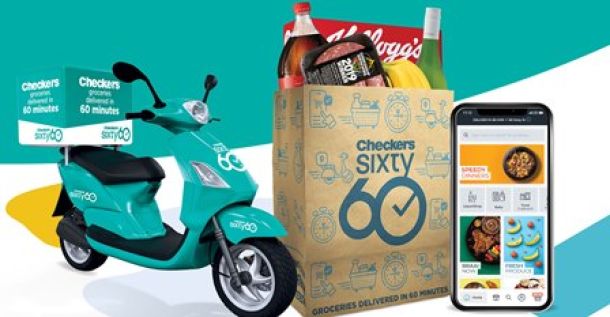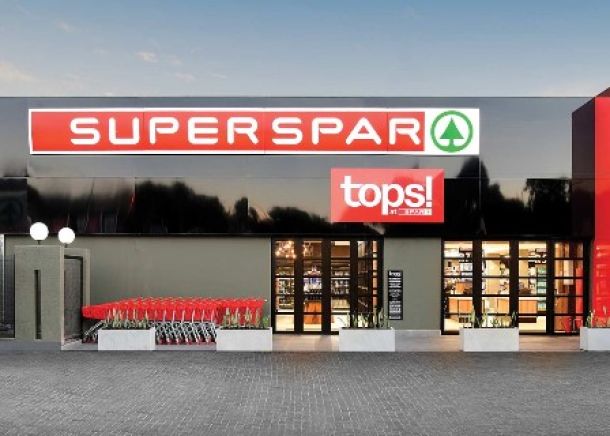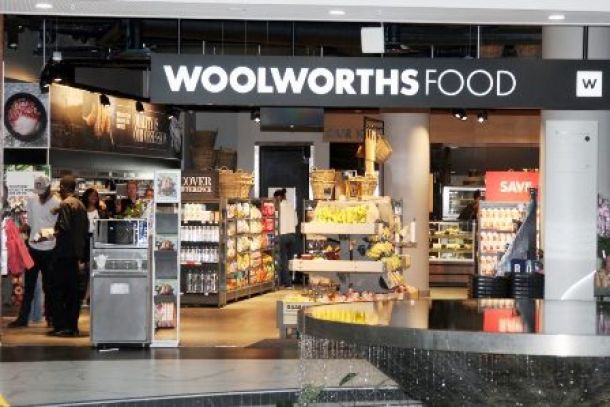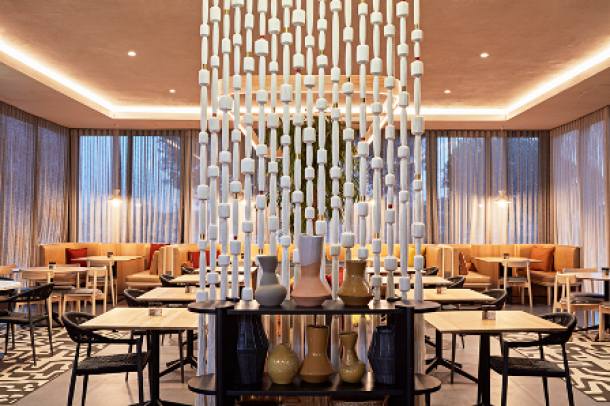PnP catches Woolies in convenience store race
But, footprint of privately-held upstart is nearly double the size of the two, combined. The speed of its turnaround is not the only striking achievement by Pick n Pay over the past three years (although it’s by far the largest and most important).
South Africa’s second-largest supermarket group has caught up in the convenience store game very quickly indeed.
Woolworths pioneered the franchise model of tying-up with fuel retailers to offer a dramatically slimmed down range of convenience items (mostly food) at Engen forecourts around the country (primarily in Gauteng, Western Cape and KwaZulu-Natal). But, after a fairly aggressive roll-out, its Food Stop store numbers flat-lined from late 2012 until late 2014. Even after growth resumed, the pace has been far more measured, with the retailer adding just 12 stores in the last 18 months.
To be fair, Woolies has been focused on building a “bigger” food business, with a mammoth push to expand not only its base, but also its store sizes over the past few years. As at end-December 2015, it had 317 Food stores (of which 163 are standalone), occupying trading space of 209 000m². Two years prior, at end-2013, it had 295 Food stores (of which 153 were standalone), comprising 172 000m² of space. That equates to growth of 7.5% in its store count (just 6.5% growth in standalone stores), but an increase of 21.5% in space over 24 months.
Woolworths, with 67 Food Stop stores by end-2015, sees 85 food convenience stores at Engen sites by June 2017, with a projected 71 in place by June this year. It will add nine by June 2016, and a further 14 in the next year.
What is interesting is that Woolies saw 79 Engen sites being live by June this year and 91 by June next year, as recently as February last year. It’s pared back these projections, with a downward adjustment in August following its June 2015 results as well.
Pick n Pay took its time to evaluate the format and to figure out an operational model that made sense for the business. Remember, it has a logistics and fulfillment function that’s designed to stock medium-to-large (and sometime very large) supermarkets. In 2008, it signed a memorandum of understanding with BP and testing the model at two stores in the Cape (Hout Bay and Tokai). It piloted the concept for close to four years before committing to a full roll-out in April 2012. (This speaks to how Pick n Pay does business, and its planned entry into Nigeria, announced this week, will be similarly cautious.)
The initial plan sees 120 stores (in effect conversions from BP Express) by mid-2017, and Pick n Pay has kicked into gear in the past 24 months. It has effectively doubled its convenience store footprint twice in that period, from 21 in February 2014 (technically March 2) to 46 in February last year (technically March 1) to 80 this year (February 28).
Pick n Pay’s Express stores offer a limited amount of fresh food, and are more focused on groceries and daily essentials. Woolworths Food Stops are largely the opposite, with a far more dominant fresh and convenience food selection, and a limited grocery one.
Aside from the partnership with BP (franchise model), Pick n Pay is also establishing its own (company-owned) footprint of convenience stores under the “Local” brand. At the end of February, it had 17 Local outlets. It points out that the “convenience channel in South Africa [overall] has grown between 15%-20% each year over the past six years”.
Spar, in a tie-up with Shell, has been even more cautious moving into the 24-hour forecourt space, given that it already operates smaller-format stores (KwikSpar) focused squarely on convenience. It announced a trial with the fuel retailer in August 2013, and by the end of September 2015, it had opened three Express stores. This was a departure from what then-chief executive Wayne Hook told me in 2010 was “not something that we believe is in our long-term best interests”. Spar and Shell are partners in certain markets globally, including Germany and Austria. In its 2015 annual report, Spar says “the convenience format is a high-return business and we are committed to achieving the requisite scale to realise its value potential”.

But it’s privately-held Food Lovers’ Market that has stolen a march on its rivals with the roll-out of Fresh Stop stores at Caltex garages around the country. It announced the alliance in 2009 and since then has grown its footprint aggressively (including the conversion of practically all Star Mart shops). Back then it planned for 150 stores within three years, and met that goal. Today, it has 222 Fresh Stops around the country, and by end-February (PnP’s last publically disclosed figure), it had 219 – heading for double Woolworths’ and Pick n Pay’s footprints combined (147)!
|
Number of convenience stores |
|||
|
Fresh Stop (Food Lovers’) |
Caltex |
219 |
End-Feburary 2016 |
|
Pick n Pay Express |
BP |
80 |
End-February 2016 |
|
Woolworths Food Stop |
Engen |
67 |
End-December 2015 |
|
Spar Express |
Shell |
3 |
End-August 2015 |
Food Lovers’ has disclosed that Fresh Stops generate about 50% more sales than the Star Mart stores being replaced. After three years, owners would see compound growth of 25% in retail sales and 10% in fuel volume.
Food Lovers’ has said it sees potential for 350 stores in the country.
|
Year-on-year growth |
2013-2014 |
2014-2015 |
2015-2016 |
|
Pick n Pay Express |
24% |
119% |
74% |
|
Fresh Stop |
28% |
20% |
19% |
|
Woolworths Food Stop |
0% |
9% |
12% |
This leaves just Total and Sasol without any real fresh convenience offering. Total successfully piloted a Thrupps convenience concept with franchisor Famous Brands, and the latter last year announced a further roll-out of the model. It sees potential to open at least 50 stores at Total sites.
And so, to Sasol, and Shoprite Holdings which has previously admitted it’s looked at the space.
In February 2013, chief executive Whitey Basson told me “there’s been good work done for garage stores, and virtually every good garage has a good store. So I can’t really say that the market there gives lots of opportunities for us and we have sort of semi-stayed away from it.”
Later that year, in August, he told me the group had “looked at it but petrol stations are mostly like banks, they want everything for themselves and we’d like to keep a little bit for ourselves. So I’m not so sure if all the people that service that get a fair return on it for their investment and the time and effort that they put into it. Most of them are franchised and that’s a difficult model to drive.”
One wonders whether Shoprite could make the model work within its OK franchise division. As retail growth slows in South Africa, it might just.
Hilton Tarrant works at immedia. He can still be contacted at
News Category
- International retailers
- On the move
- Awards and achievements
- Legislation
- Wine and liquor
- Africa
- Going green
- Supplier news
- Research tools
- Retailer trading results
- Supply chain
- Innovation and technology
- Economic factors
- Crime and security
- Store Openings
- Marketing and Promotions
- Social Responsibility
- Brand Press Office
Related Articles

Checkers online shopping bonanza

SPAR eyes acquisitions to take on Shoprite

Coca-Cola Beverages South Africa appoints Rakes...

Woolworths starts selling Apple products, lapto...


